#cross orbweaver
Note
Does caffeine actually make spiders act weird
It does. Caffeine is a chemical defense produced by plants as a sort of pesticide to keep things from nibbling their tasty plant parts, so yes, it alters the behavior of things that ingest it and sometimes is enough to kill them. Luckily for spiders they're not naturally eating plants.
https://www.snopes.com/fact-check/webs-spun-by-lsd-tripping-spiders/

Let's admire a cross orbweaver, Araneus diadematus, the same species that they tested the drugs on:
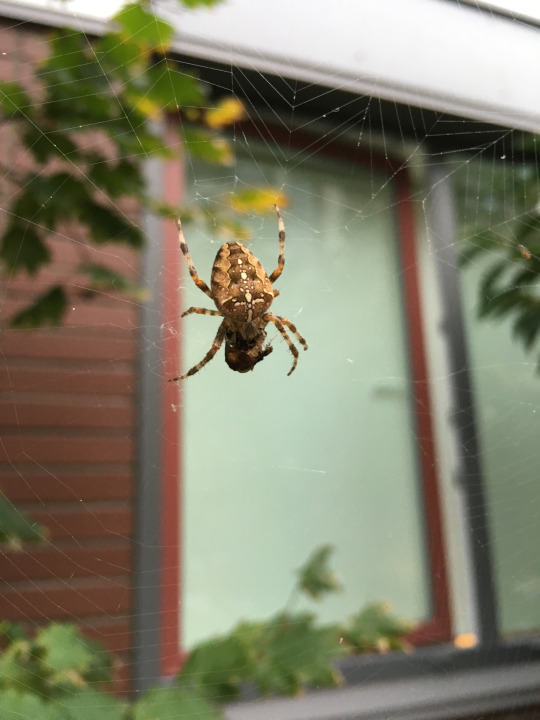
Beautiful and perfect :) Photo by skyler
770 notes
·
View notes
Text

Cross orbweaver (Araneus diadematus). The Entomologist's Text Book. Written and illustrated by John Obadiah Westwood. 1838.
Internet Archive
136 notes
·
View notes
Text


Old lady spider seems to be dying, she’s lived far longer than she would have outside so it’s understandable.
91 notes
·
View notes
Text
How to Identify Cross Orbweaver Spiders
Originally posted on my website at https://rebeccalexa.com/how-to-identify-cross-orbweaver-spiders/. Click here to learn more about the How to Identify article series.
Name: Cross orbweaver spider (Araneus diadematus), also known as cross spider, European garden spider, et. al.
Range and typical habitat(s): Native to much of Europe, sporadically found in temperate areas of Asia, introduced to North America, particularly the west coast and northeast United States.
Distinguishing physical characteristics (size, colors, overall shapes, detail shapes) and behaviors: Fall is just around the corner, and if you’re looking for more eco-friendly seasonal decorations, the cross orbweaver is the perfect fit! While these spiders have spent all summer chowing down on insects, by September they’ve gotten big enough to be quite visible on their large orb webs.

A mature female cross orbweaver spider.
Both sexes are a variable combination of orange, yellow, brown, and/or gray, and they all have white cross-shaped markings on the dorsal (upper) side of their rather large, oval-shaped abdomens. The legs are tan to orange with darker brown or gray stripes. Like many other web-weaving spiders, cross orbweavers tend to rest in the center of their web with their head facing down and their legs flexed rather than straight, though the fourth pair in the back may sometimes be extended somewhat. Their legs are covered in fine hairs with a fuzzy appearance. They are also known to perch on nearby leaves and twigs.
Like other members of the family Araneidae, the orb-weavers, these spiders have four pairs of eyes. Females are larger than males, reaching up to 1″ long in exceptional individuals, while males usually top out at 1/2″ or less. A close examination shows that males can also be distinguished by large pedipalps with swollen ends. These are little appendages nestled between the chelicerae (jaws) and the first pair of legs. Males use the pedipalps in mating displays, and to also pass sperm to the female. A courting male needs to be careful, as females will engage in cannibalism.
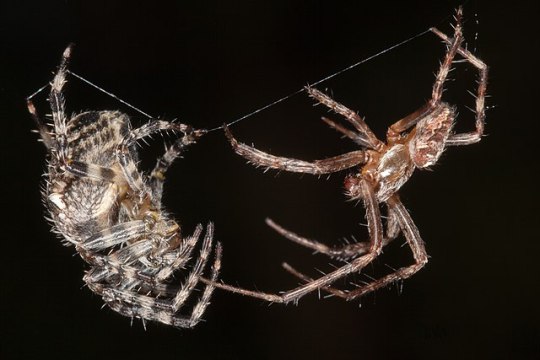
A male cross orbweaver (right) carefully approaches a female (left) with the intent to mate.
The eggs laid by females the previous fall hatch in spring, releasing several dozen (or more!) tiny yellow spiderlings into the world. While they make webs as soon as they find a good location, these young spiders often end up as prey for other animals themselves. Cross orbweavers generally live no more than a year, though females die shortly after laying their eggs, and males are often eaten by their mates.
The web is made of a series of overlapping threads of silk like the spokes in a wheel, with a spiraling orb starting at the center and working its way outward. A cross orbweaver’s web may be quite large, and the central orb may at times exceed two feet in diameter. They are not picky about where they set up shop, and are often found near homes and other buildings, where they are quite adept at catching flying insects that blunder into the web. If threatened, these spiders shake their web vigorously, and are not prone to bite unless handled roughly. They may dry bite in self-defense, choosing not to use venom. Their venom is not considered dangerous to humans.

Other organisms it could be confused with and how to tell the difference: There are several other Araneus species that look quite similar to the cross orbweaver. Of these, the most similar is the four-spot orbweaver (Araneus quadratus) has less variegated orange, green, or brown abdomen with four small white spots on it rather than a cross, though they have similarly striped legs. It is found only in Europe.
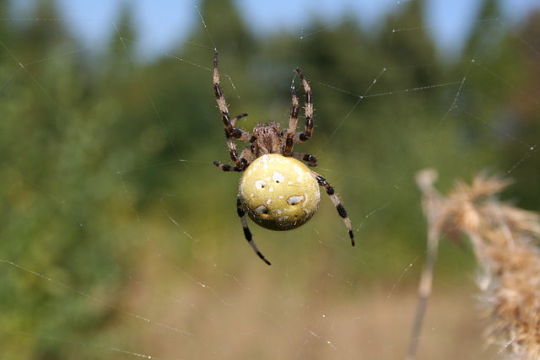
Araneus quadratus
The cat-faced spider (Araneus gemmoides), also known as the jewel orbweaver, is of similar size and color variation to the cross orbweaver. However, its abdomen has two pronounced points on top that look rather like a cat’s ears. Araneus gemma (not pictured) is also sometimes called the cat-faced spider or the gem-shaped spider, and it has a similarly shaped abdomen but tends to be paler in color. Both of these species are primarily found in the western half of temperate North America.

Araneus gemmoides. By Trucmuche04, CCA-SA-3.0
Anything else worth mentioning? Because the cross orbweaver is not native to North America, it competes with native spiders for food. This is especially concerning as insect populations have plummeted in recent decades due to pesticide use and habitat loss. It is often found in urban areas and other places with lots of human habitation, and is considered an invasive species in the Bay Area. They are considered harmless to humans.
Further Reading:
Cross Orbweaver Spider
Cross Orbweaver
Cross Orbweaver (Araneus diadematus)
Spiderspotter: Cross Orbweaver
Did you enjoy this post? Consider taking one of my online foraging and natural history classes or hiring me for a guided nature tour, checking out my other articles, or picking up a paperback or ebook I’ve written! You can even buy me a coffee here!
#spider#spiders#cw spiders#spider tw#cross orbweaver#orb weaver#arachnids#arthropods#invertebrates#bugs#wildlife#animals#wild animals#nature#nature identification#invasive species#biodiversity#science#scicom
52 notes
·
View notes
Text

Spider on my Porch
#i call her mary todd licoln the spider#photography#macro photography#nature#web#spider#spider web#spiderweb#cross orbweaver
35 notes
·
View notes
Text


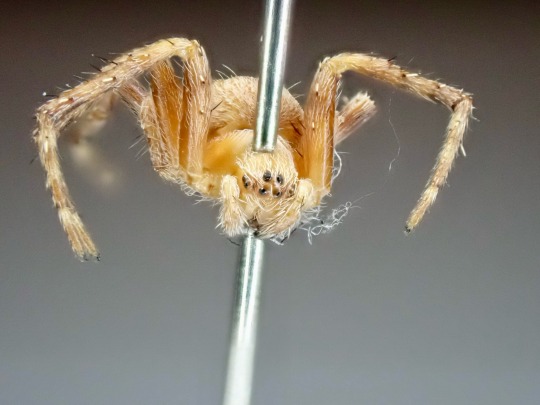


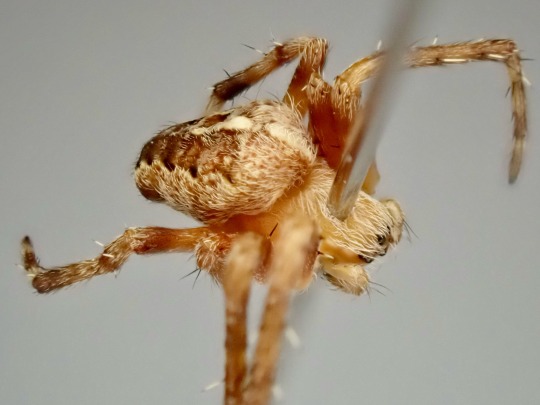

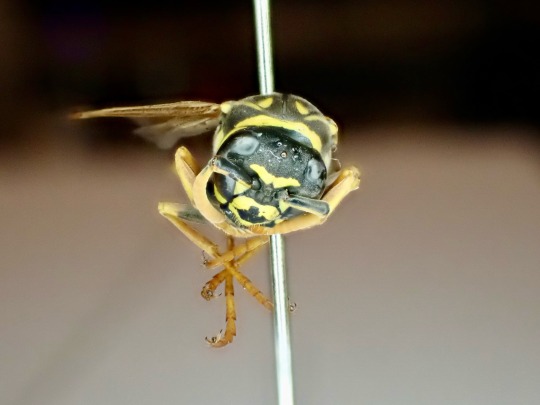
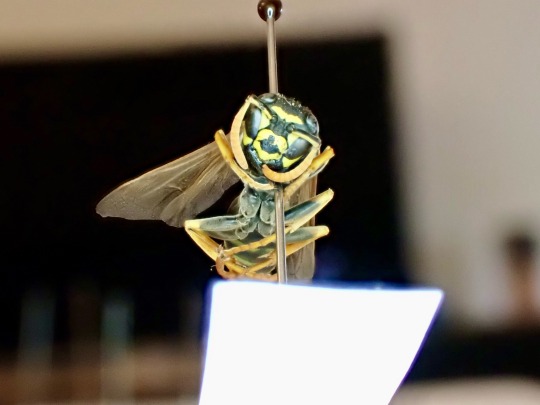

Pics of my pins. This is an usual cross orbweaver that doesn't have the intersecting white marks that form the "cross", just the mark down the length of the abdomen.
#invertebrates#invertiblr#inverts#invert#bugblr#insect pinning#spider pinning#cross orbweaver#european paper wasp#Araneus diadematus#Polistes dominula
14 notes
·
View notes
Text

Newly hatched Garden Spiderlings (Araneus diadematus)
Photo by Ingo Arndt
#Araneus diadematus#european garden spider#garden spider#cross spider#cross orbweaver#diadem spider#orangie#crowned orb weaver#orb weavers#spider#yellow#yellow spiders#baby spiders#spider hatchlings#arachnids#arachnology#macro photography#spider photography#wildlife#nature
19 notes
·
View notes
Text

this is my friend Meredith CrossOrbWeavertonia
#cross orbweaver#spiders#i don't actually kno i just looked it up and shes biiiiig and survived a storm#mine
8 notes
·
View notes
Text
This spider is so round O, she looks really cute <3
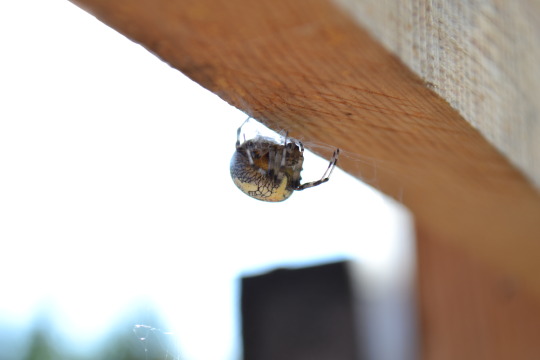
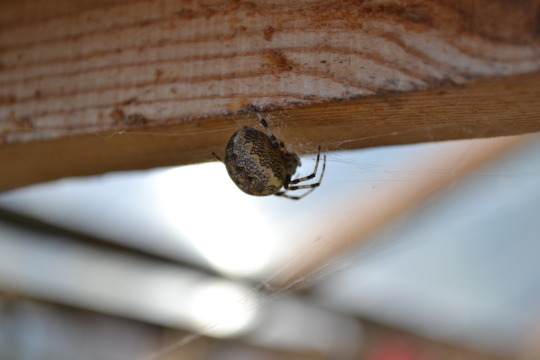


European garden spider / Cross orbweaver / Diadem spider / Cross spider / Crowned orb weaver.
(Araneus diadematus)
( it has so many names lol )
17.09.2023
Nikon D3100 18-55 mm
#photography#nikon#nature#animals#arachnida#spider#Araneus diadematus#European garden spider#Cross orbweaver#Diadem spider#Cross spider#Crowned orb weaver
3 notes
·
View notes
Text

I am believing this is a Cross Orbweaver spider...
2 notes
·
View notes
Photo

Cross orbweaver, Araneus diadematus, Araneidae
Photo by Ed Van Duijn (no rights reserved/free use)
327 notes
·
View notes
Text
a lady 🥺

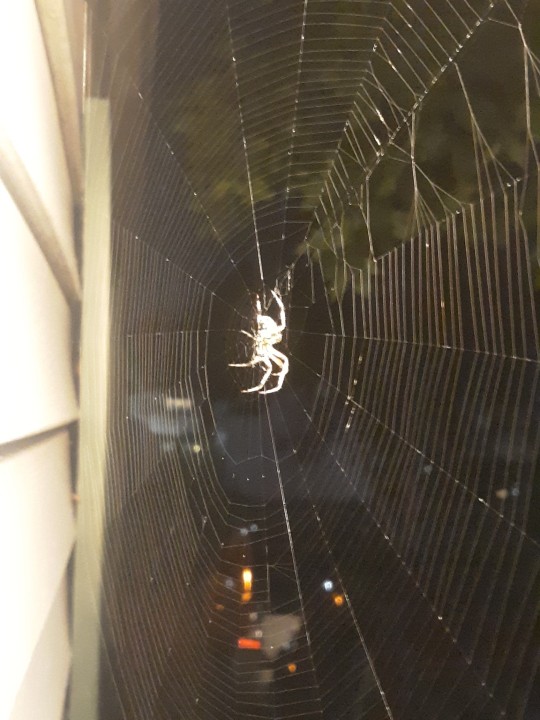
7 notes
·
View notes
Text

Heaven is Other People's Eyes
by Rocco
6 notes
·
View notes
Text


[12/24/23]
A cross orbweaver blending in perfectly with the construction lumber!
0 notes
Text
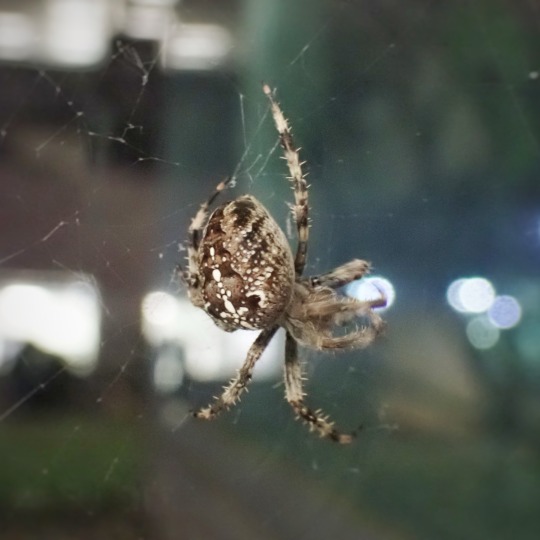

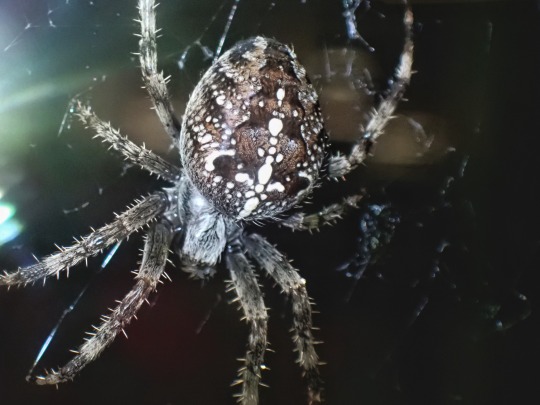


Beautiful cross orbweaver at work today! I've been keeping an eye on her, she's huge!
#invertebrates#invertiblr#inverts#invert#bugblr#true spider#cross orbweaver#araneus diadematus#orbweaver
7 notes
·
View notes
Photo
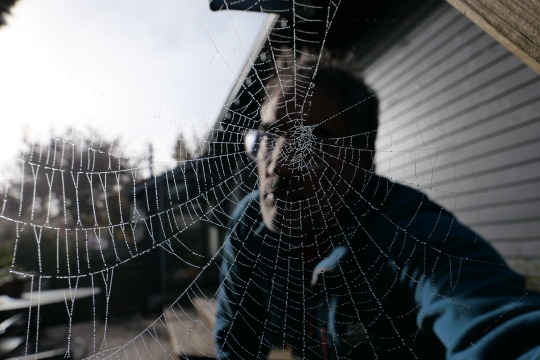
Drops of dew accentuate the architecture of a cross orbweaver spider’s web. The spinner was absent, probably killed by the winter cold.
0 notes